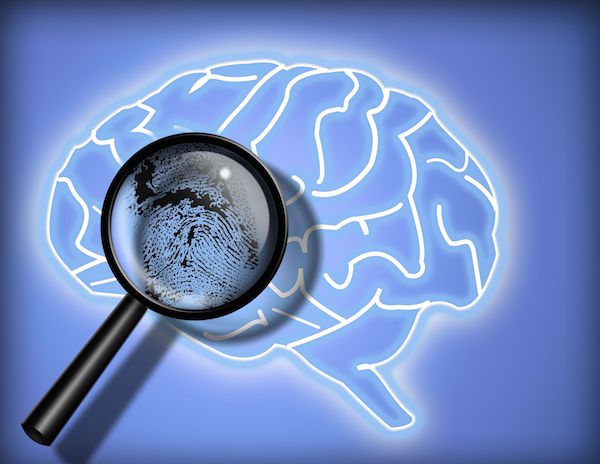
MONDAY, Feb. 28 (HealthDay News) — It’s apparently possible to make people believe they have three arms, a finding that Swedish researchers say could lead to new ways to help people recovering from a stroke.
For their study, published online Feb. 23 in PLoS One, researchers from the Karolinska Institute had participants sit at a table, with a realistic prosthetic arm placed next to their right arm. To make the participants feel that the artificial arm was their own, the researchers touched the person’s right hand and the prosthetic hand with small brushes at the same place, at the same time.
“What happens then is that a conflict arises in the brain concerning which of the right hands belongs to the participant’s body,” researcher Arvid Guterstam said in a news release from the journal.
“What one could expect is that only one of the hands is experienced as one’s own, presumably the real arm,” Guterstam said. “But what we found, surprisingly, is that the brain solves this conflict by accepting both right hands as part of the body image, and the subjects experience having an extra third arm.”
The illusion was so effective that when the researchers “threatened” the fake hand with a knife, the participants’ stress levels reached the same level as when a knife was held close to their real hand.
They suggested that the results could lead to new ways to use prosthetics to help stroke survivors.
“It may be possible in the future to offer a stroke patient who has become paralyzed on one side of the body a prosthetic arm that can be used and experienced as his own, while the paralyzed arm remains within the patient’s body image,” Henrik Ehrsson, who led the study, said in the news release.
More information
The American Stroke Association offers advice for healthy living after a stroke.

